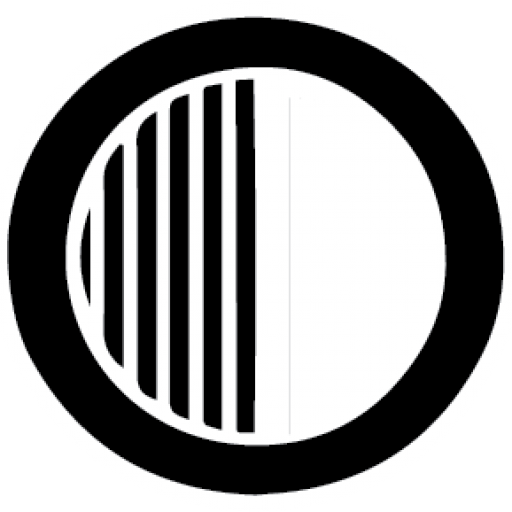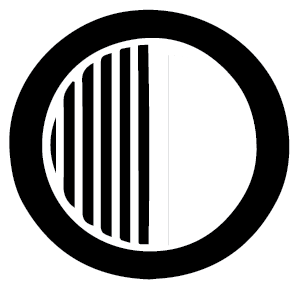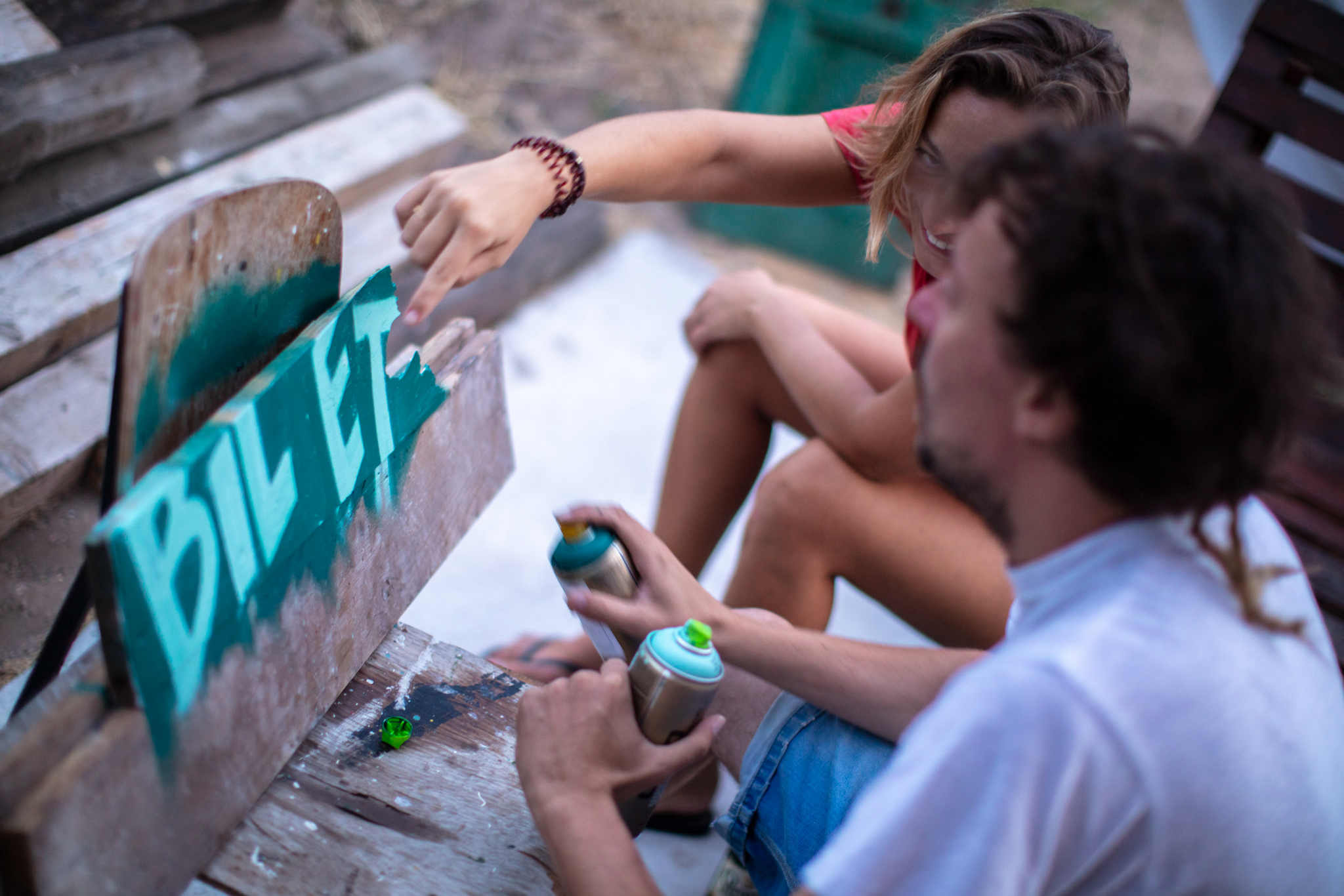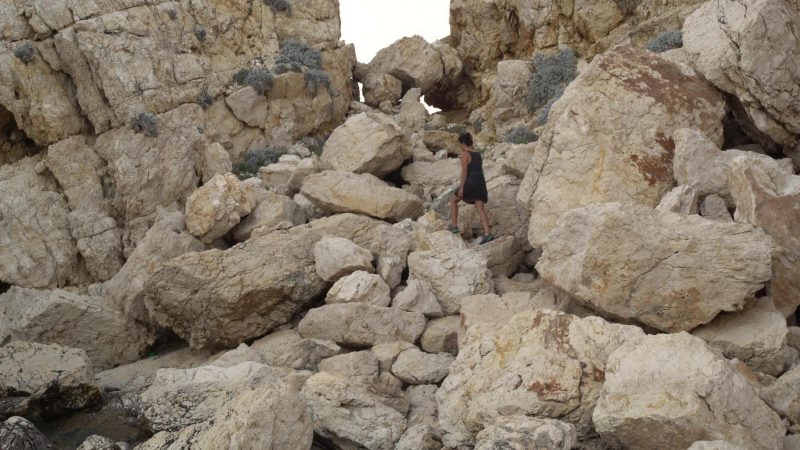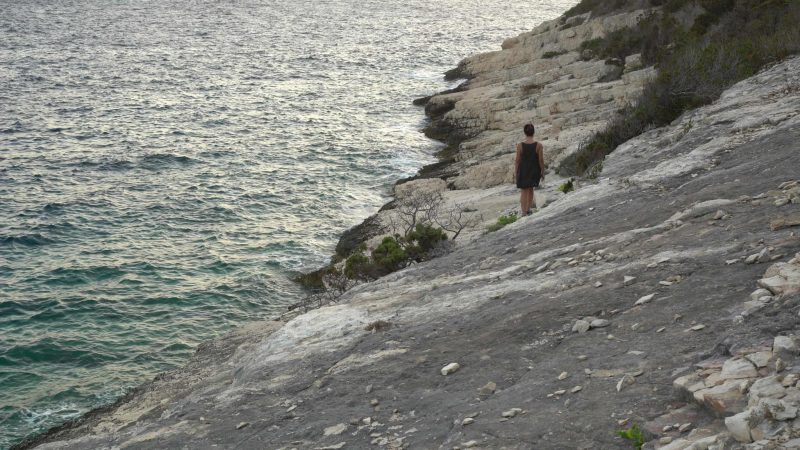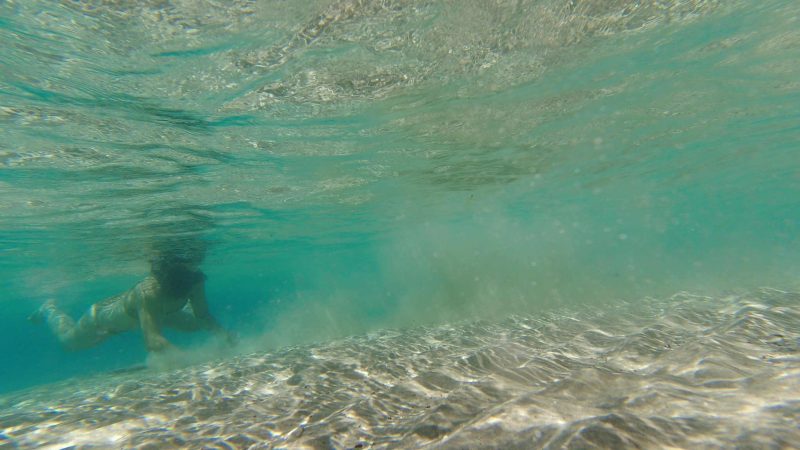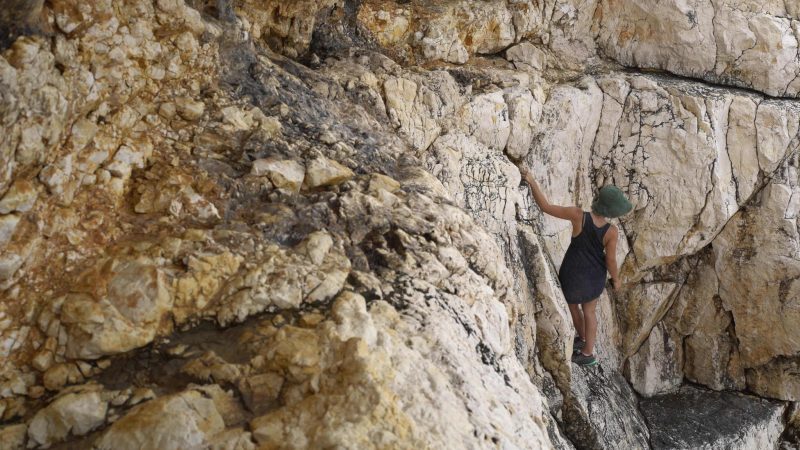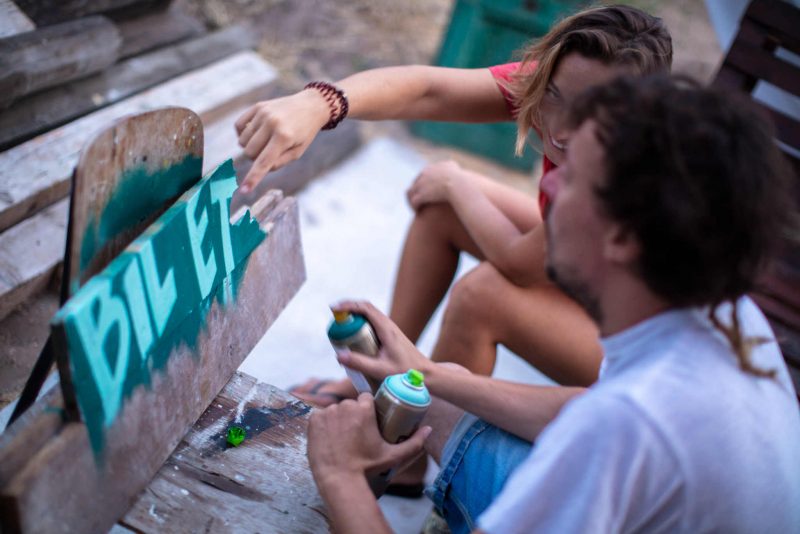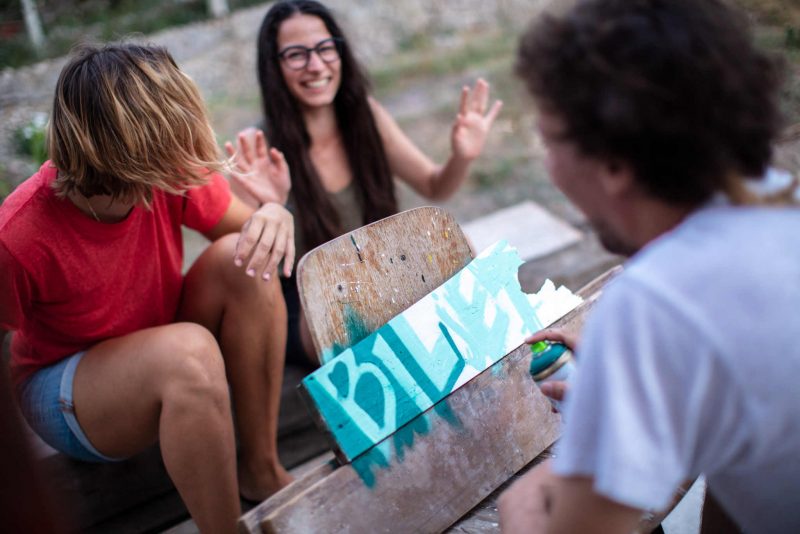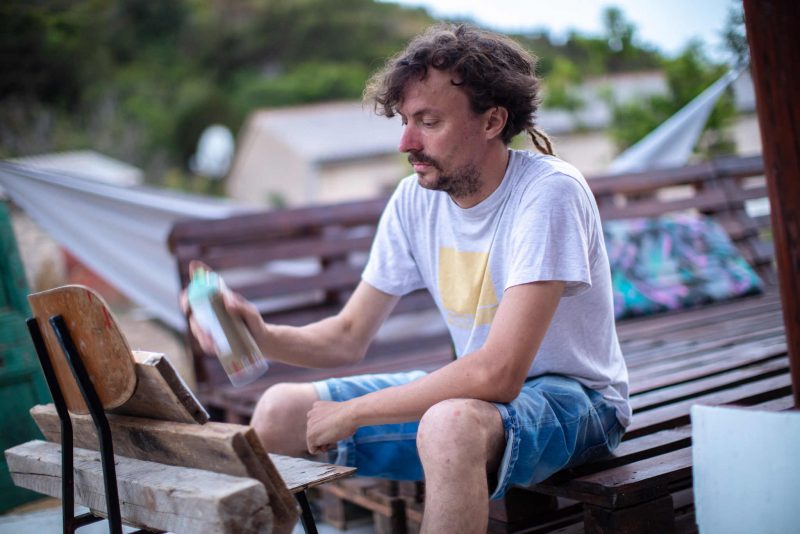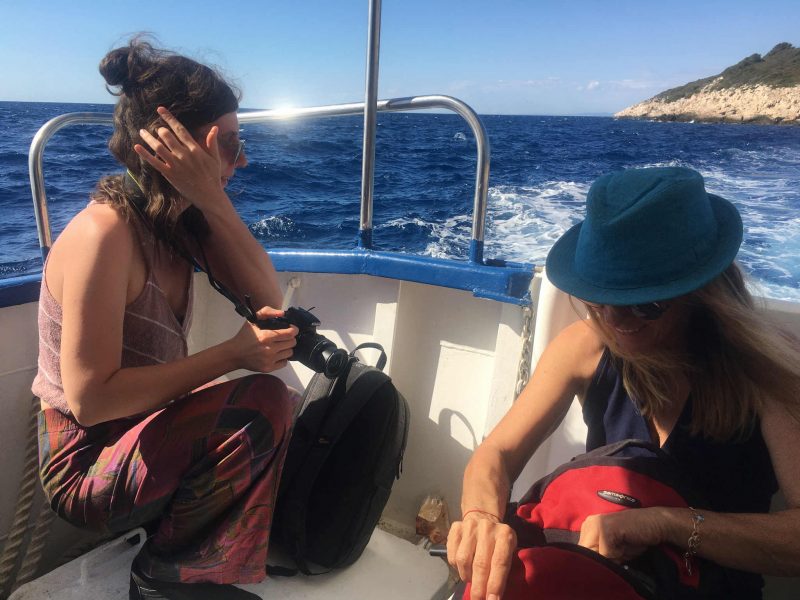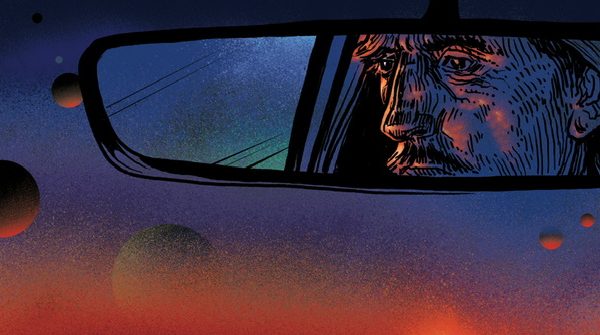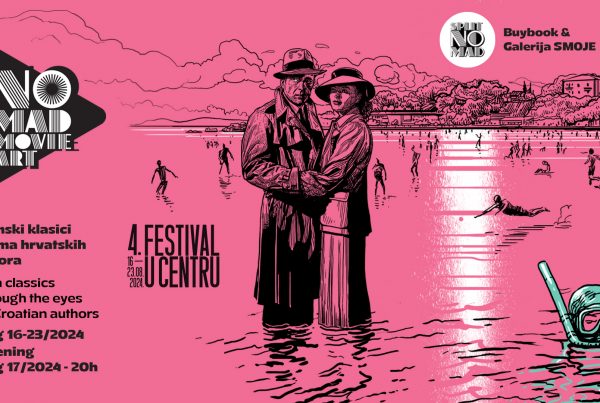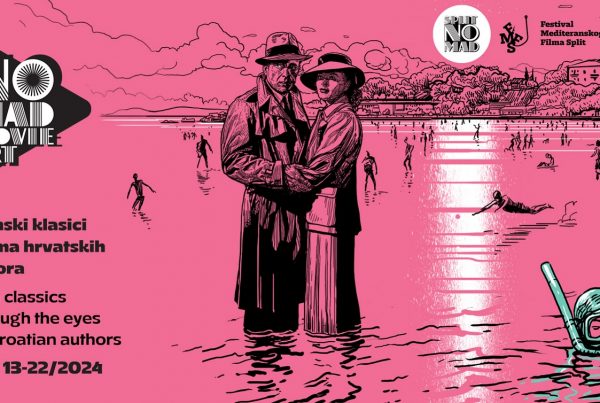During the first Biševo Summer / BILjET 2021, a total of 23 residents participated over 8 weeks, with each residency lasting one week. The aim of the residency program and the theme “Traveler” was to create an active alternative community of creatives that would achieve a sustainable symbiosis between tourism and culture on the island of Biševo. Unlike tourists, the Traveler creates their own experience and does not follow established frameworks and guidelines, making them open to deviations. They venture into the unknown with the goal of discovering and fitting into it while adding value that becomes integral to the island.
The program consisted of 4 open-week residencies called “Island as Studio,” intended for artists and all creatives. Residents created their work inspired by the surroundings on the spot. Isolation, collaboration, and participation in the unique landscape transformed the concept of the studio into an exploratory journey. Many ideas developed spontaneously and were influenced by the environment. For example, Lili Poljak redirected her initial project idea – felting with the sea – unexpectedly after discovering an old Roman well with brackish water, which brought residents and hosts together and opened a new dimension of spontaneous collective performance. Iva Sabolić created several works highlighting the textures and colors of the sea, rocks, and island vegetation. She painted stones using watercolor techniques and played with acrylics on cardboard and fabric, creating abstract landscapes. She also helped film a wool felting performance in which everyone participated. Sanja Milovac, a journalist and writer, used her residency to write poetry and prose, and the audio recordings of Bišovo residents she interviewed over two weeks will be turned into a radio travelogue. Tina Dragović and Petar Aleksić, young artists from Belgrade, occupied Biševo for a full two weeks. With Petar’s exceptional help in organizing the residency space, building tables, wooden stairs, and more, the group accumulated a series of drawings. Tina documented everyday moments on the island with her camera, which she later compiled into a video piece. Bojan Krivokapić explored the island’s daily life, the intersections and points of contact between people and nature, from which prose work is expected to emerge. Manuela Pauk arranged one of the dry-stone terraces surrounding the residency space using found natural materials. Filip Smrekar documented island scenes through analog photography. Dancer Antonia Dorbić explored how the body finds its path through specific locations on the island of Biševo, from rocks and beaches to forests, while Iva Gavrilović captured everything through the camera lens, resulting in an essayistic film.
Two programmatic residencies were related to the Curator’s Week: “Who is the curator? – Challenges and Revision of the Profession” and “Island Signaling – Hidden Island Diaries.” Curator’s Week brought together six art historians, cultural workers, and curators who spent a week discussing questions such as: What does it mean to be a curator in Croatia today? What reforms are needed, and how to align with global trends? Martina Bobinac, Sabina Damiani, Ivana Meštrov, Natasha Kadin, and organizers Ana Bratić and Mirela Jusupović discussed mentorship, the Croatian art scene, the lack of art criticism, the vulnerability of the profession, and the absence of a professional association defining the curator’s role. It didn’t stop at discussion; concrete solutions were also explored. Discussions, knowledge exchanges, and the desire to continue the Curator’s Week next year emerged with the goal of establishing continuity by moving away from traditional cultural centers and creating a more open space for dialogue. The intention of the residency was to identify issues within the profession and find possible solutions based on different experiences. The vulnerability of the curator’s profession and the absence of a professional association defining the curator’s role were particularly emphasized. Residents unanimously decided to continue the practice initiated at BILjET, aiming to promote professional interconnectedness and establish an association of independent curators, thereby fostering collaboration.
During the Signalization of the Island – Hidden Island Diaries week, artists, designers, and scientists from various fields initiated a island signaling project and, in collaboration with the local population, identified strategic areas that would be gradually developed with each subsequent residency. During the first Signalization, residents Alen Marić, Vana Božić, and Sara Evelyn, under the guidance of host Stjepan Tafra and organizer Ana Bratić, spent the first part of the week exploring the island before focusing on creating a detailed map and adding new points and paths that had not been documented before. The signaling project remains open to future residents, and the map will continue to evolve.
Two partner organizations, Split Nomad Gallery and the Association for Contemporary Art KVART, also participated in the residency. During the residency, Split Nomads independently produced several artworks and interventions in the space. Split Nomad Gallery, as the first pop-up art gallery in Croatia, continued its tradition of nomadic activities in alternative locations. Instead of a traditional exhibition, artists took on the role of travelers, arriving on the island and creating on the spot through various media, including illustration, comics, street art, and graffiti. As one of their interventions, Split Nomad Gallery set up a small pop-up gallery for T-shirts and bags. Karla Čurčinski attempted to depict everyday routines, water shortages, outings, social gatherings, good food, solidarity, and, of course, the ever-present sun in her works. Ivan Svaguša Svagi created a kind of poetic/visual mini-travelogue, which he later turned into a comic strip. He documented his movements on Bišovo through photographs and drawings and concurrently developed a narrative through watercolors. He also created an intervention that has already become a landmark on the island—a graffiti piece on an old, dormant jeep in the forest near the Nevaja settlement. The graffiti is located at a crossroads and has already greeted and surprised tourists and island explorers who were not in short supply on the island during the summer months.
During the residency, members of the KVART Association carried out several artistic interventions both individually and collectively, involving the local islanders and tourists. KVART Association itself embraces the philosophy of engaged art, which within its community points out and seeks to create the conditions it deems necessary for their life or critically addresses the problems it identifies. This time, departing from their familiar environment of bustling neighborhoods, they intervened on an island devoid of the urban themes they typically engage with.
Boris Šitum, during KVART’s week, continued his work on the “Obsession” project by laying the first piece of asphalt on Biševo, which arrived from Trstenik, a well-known neighborhood in Split. Luka Duplančić, inspired by Adriatic ferries and the journey to Biševo, created a toy/sculpture called “Biševo Zen Garden Surrogate and Pathos,” which he placed in the impoverished Biševo sand mixed with construction materials—a Zen garden. In addition to ferries and passenger boats, his motivation for creating this piece were the remnants of toy boats that Stjepan made while he was on Biševo as a child, whose small wrecks are scattered around the house’s surroundings. Finally, the spatial intervention “Water” was jointly carried out by the KVART members and Tina Dragović on the well-known Biševo beach in the Porat bay, addressing the issue of water on the island and the lack of infrastructure due to mass tourist visits.
In addition to the numerous creative interventions, there were also concrete new ideas, and a few new collaborations were formed. Following the successful residencies of the first Biševo Summer, there are plans to mark the entire program through exhibitions and multimedia events that will include works and interventions created during the residency, as well as snippets of everyday life. In addition to the exhibited works, the exhibition will convey the ambient atmosphere of the residency through audio, photo, and video recordings within a gallery space. The goal is to involve some of the residents who participated in this year’s BILjET. Exhibitions/multimedia events will be held in several Croatian cities, with the first presentation of BILjET taking place in Split, at the Studio-21 gallery.
Thanks to all the residents who participated in the first BILjET, to everyone who helped us on the island and from afar, and to all those who will come in the future to continue the tradition of creative interventions on the island of Biševo.
